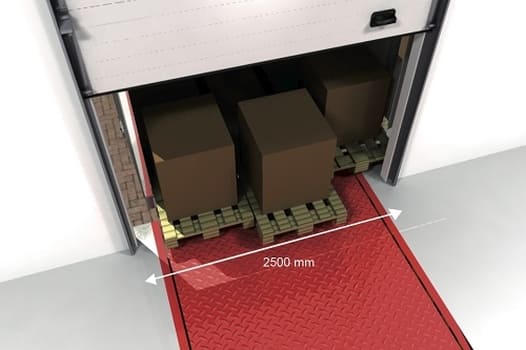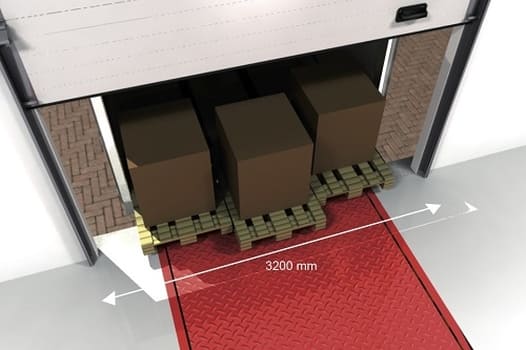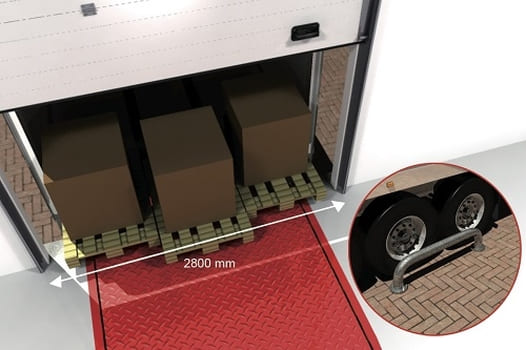INDUSTRIAL DOORS
If you are searching for the right industrial door for your loading bay for example an emergency door or a door to compartmentalise your internal environment. Loading Systems can offer you the right solution!
Our broad range of industrial doors are designed with your logistical supply chain in mind. By using the highest quality materials we can guarantee you will get an industrial door with minimum down time and a long life span.
- Durable, long life span
- Low maintenance
- Optimum safety
- Energy efficient
The right design industrial door is determined by multiple factors.
Loading Systems offers a complete range of industrial doors for a wide range of applications. The choice of door is influenced by a number of important factors such as traffic volume, type of vehicle or pedestrian traffic, processing equipment and access control. The right door in the right place can generate substantially lower operating costs.
The dimensions of industrial doors can greatly vary depending on the type of door required, for example : loading bay doors, drive-in/drive-through doors.
Industrial door as drive-in/drive-through door
A drive-in/drive-through industrial door, or level access door, typically has a clearance of:
Clearance dimensions drive-in/drive-through doors:
Width: 3500 mm – 4500 mm
Height: 4200 mm – 4500 mm*
* The lorry’s maximum head clearance plus a specified safety margin.
Industrial door at your loading bay
The clearance of an industrial door at your loading bay typically depends on factors such as:
- The height of the platform
- The type of goods to be loaded/unloaded
- The different sizes and models of the vehicles
- Whether wheel guides are required or not
- The height of the forklift mast
- The type of dock leveller
The clearance height can be determined by the lorry’s’ maximum head clearance (+ safety margin) and the bay height. The lorry’s’ maximum head clearance fluctuates between 3800 mm and 4200 mm, for most air suspension lorries.
The lorry’s’ maximum internal width is ± 2500 mm. In order to load and unload over the entire width of the lorry it is imperative that the door width is at least equal to the lorry’s internal width. In practice, lorries don’t often park in the middle of the opening but up to 30 cm either side. It is obvious that a door opening of 2500 mm is therefore not the ideal solution.
We therefore advise the following clearance dimensions for loading bay doors :
Clearance dimensions loading bay doors:
Width: 2800 mm* – 3200 mm
Height: (lorry’s roof height + safety margin) minus bay height
* By introducing wheel guides the margin of error is decreased so a relatively smaller door width can be used.


